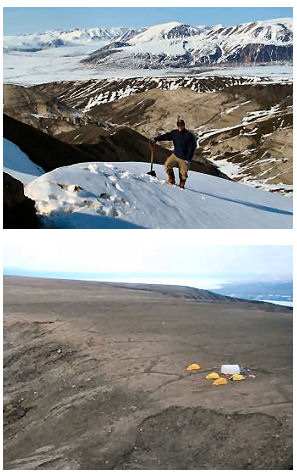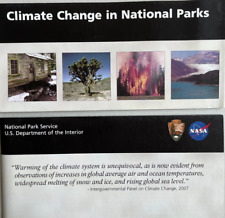
It seems that UK Prime Minister Tony Blair is taking climate change a lot more seriously than his old buddy President George Bush Jnr., with Blair showing concern over the data contained in a major British government study on global warming. A major finding of the study states that global warming could trigger melting at both poles this century, causing a dramatic rise in sea levels.
The findings from an international conference on climate change, Avoiding Dangerous Climate Change, organized by the UK’s Department for Environment, Food and Rural Affairs (DEFRA), have been launched today. In the study’s forward, Prime Minister Blair writes: “It is clear from the work presented that the risks of climate change may well be greater than we thought,” which makes him one of the first of the Western leaders to lend his name in support of the problem.
The document is a long-term projection on climate change that encompasses many scenarios related to how global warming will impact ecosystems, human systems and terrestrial systems as a whole. Suggestions for new threshold levels developed in order to characterize “dangerous” warming levels has exposed policy makers to a more cohesive set of models of climate change than they had previously seen.
The study states that the consensus view among scientists is that human activities “have caused a discernible impact on observed warming trends,” and that if this trend continues, and temperatures rise another few degrees Celsius, that there will be wide-spread, irrevocable disruption to the planet’s climate system. “Results from 30 years of research by the scientific community now convincingly suggest it is fair to call the detection and attribution of human impacts on climate a well-established conclusion,” said the study’s authors. “Most potentially serious climate change impacts typically occur after only a few degrees Celsius of warming,” they added.
The study also states that rising sea levels will have a significant impact, claiming that: “If the Greenland ice sheet were to melt it would raise global sea levels by around 7 meters [22 feet].” It also explains that the main causes of increased global average sea levels during the 21st century are likely to be “thermal expansion of the ocean, melting of small glaciers, and the melting of the Greenland and Antarctic ice sheets.”
The study predicts that over several hundred years, “Deglaciation of polar ice sheets like Greenland or the West Antarctic would cause many meters of additional sea level rise on top of that caused by the thermal expansion from the direct warming of the oceans.” The researchers say that the Greenland ice sheet can only remain intact as long as the loss of ice by ablation and iceberg discharge is balanced by accumulation. However, in a warmer climate it is likely that the increase in ablation will outweigh the increase of accumulation and the ice sheet will shrink. This does not bode well for many global communities, as theAvoiding Dangerous Climate Change says that: “for a mean temperature rise of 2.7& #176;C the ablation is predicted to increase beyond the accumulation.”
Additional findings in the report show that an increase of acidity in the ocean could reduce its capacity to absorb carbon dioxide from the atmosphere and affect the entire marine food chain. And even a small rise in temperature could activate undesirable effects that would likely cause extensive coral bleaching. The major thrust of the symposium, held early in 2005, was to advance scientific understanding of, and encourage international scientific debate on, the long-term implications of climate change, the relevance of stabilization goals, and options to reach such goals.


















Comments are closed.